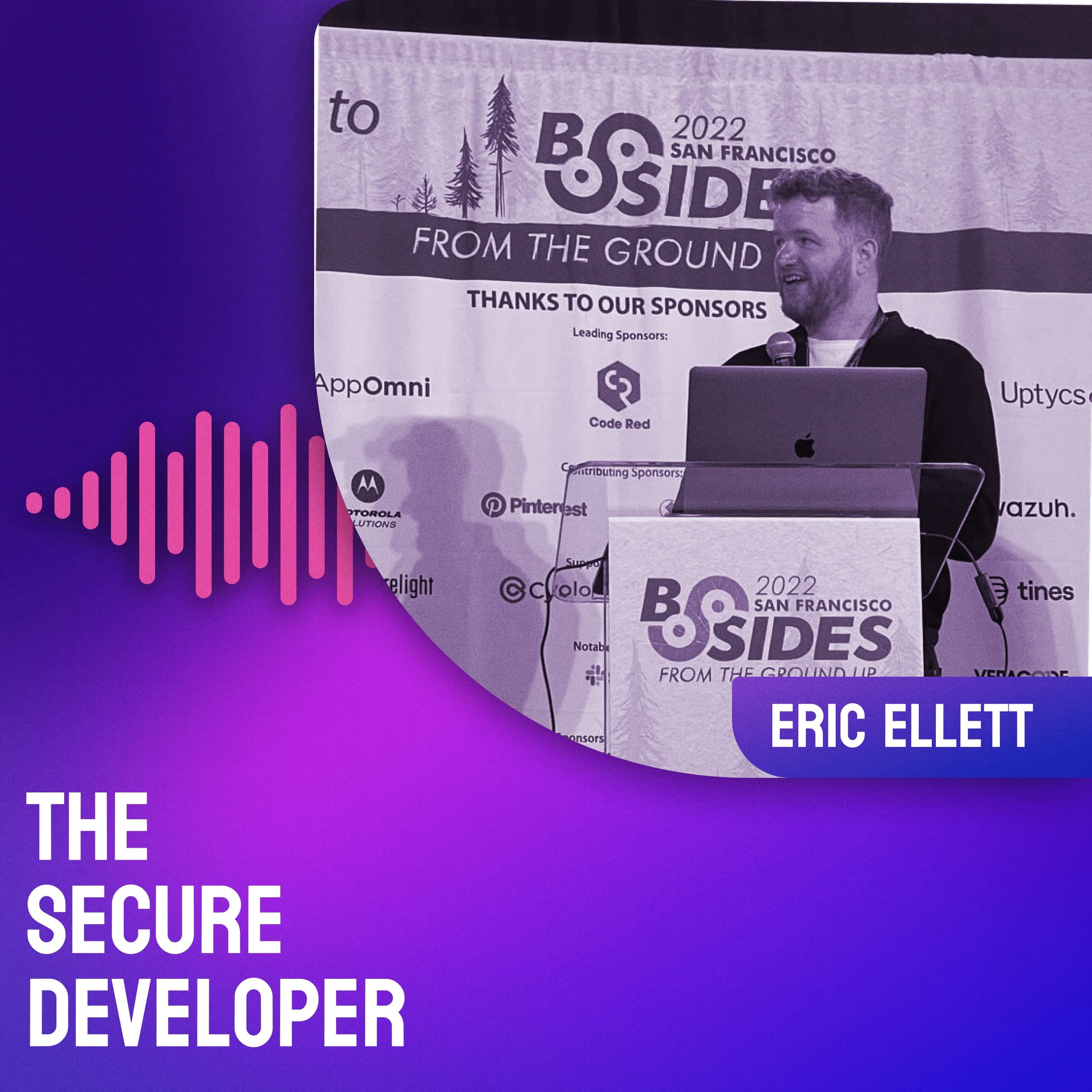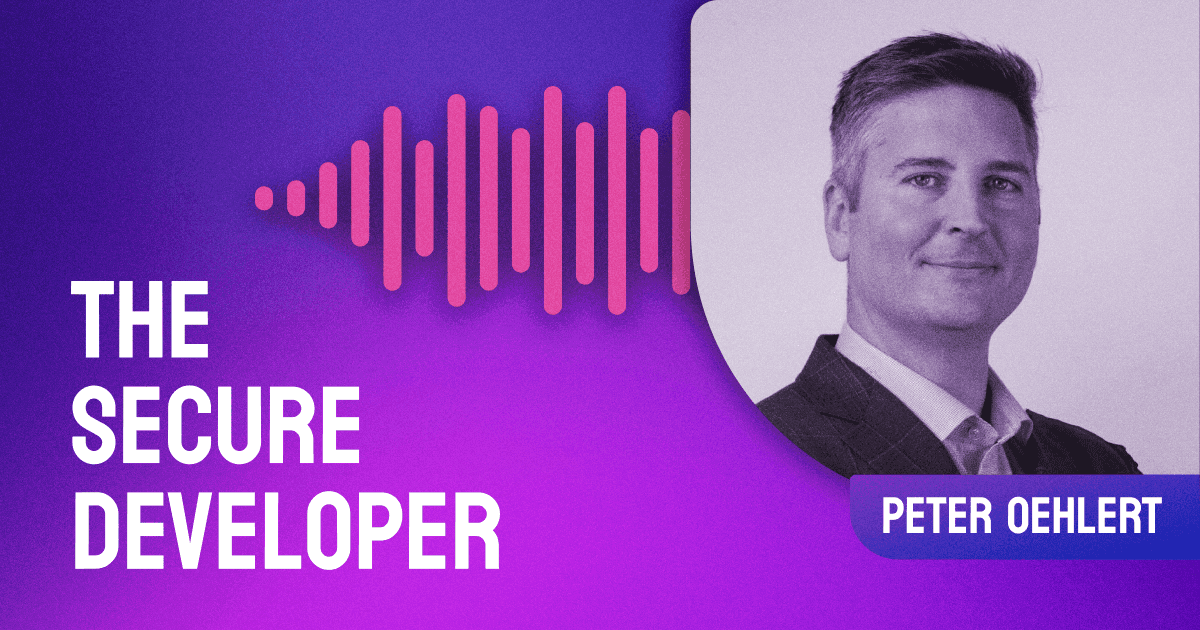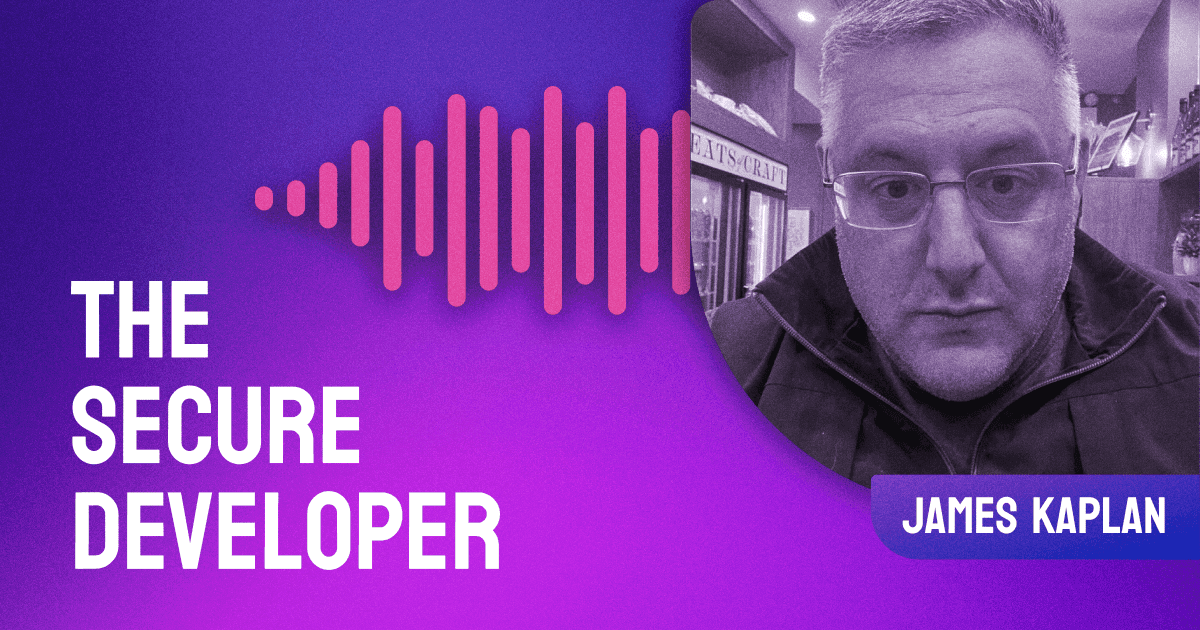In episode 33 of The Secure Developer, Guy is joined by Leif Dreizler and Eric Ellett of Segment. They discuss motivating security teams, the importance of investing time in your business relationships, and the longterm rewards of proper security training.
The post Ep. #33, Engineering Teams with Leif Dreizler and Eric Ellett of Segment appeared first on Heavybit.





